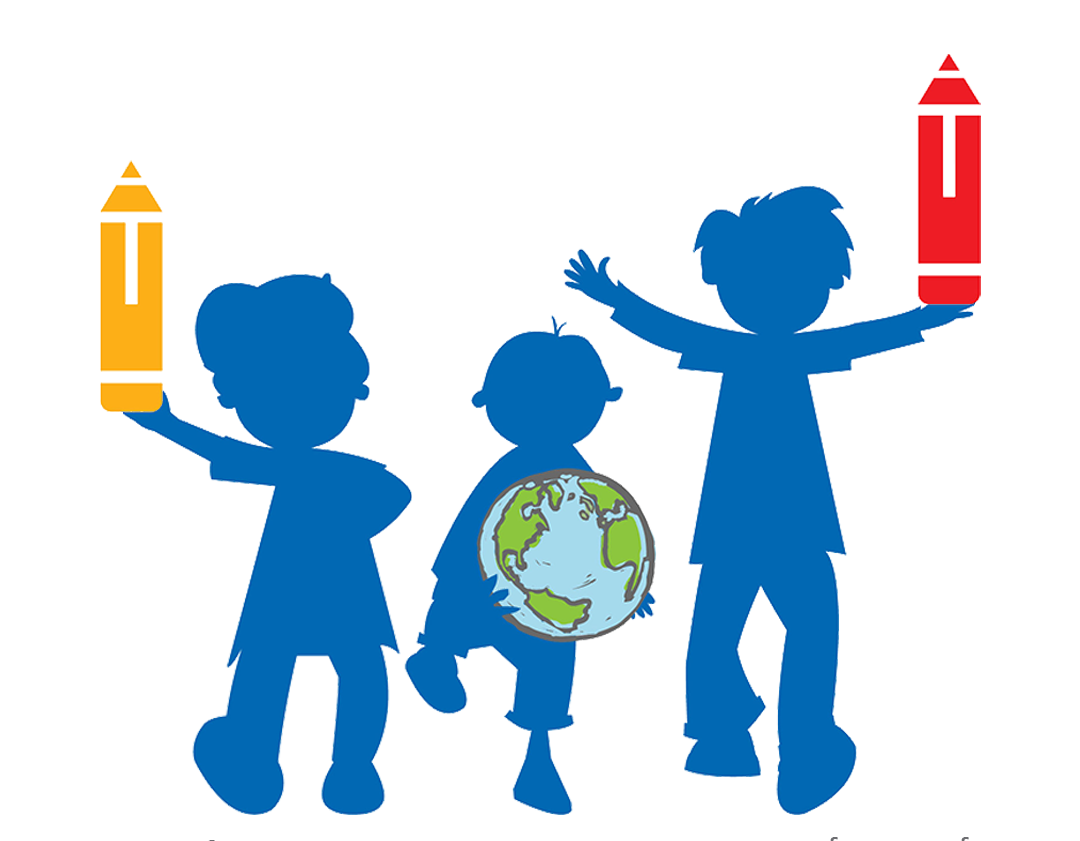Sustainable Development Goals Statement
The United Nations Sustainable Development Goals are a bridge from the previous Millennium Development Goals adopted by the international community in 2000 to the future. Construction of this bridge began in 2012 at the United Nations Rio+ 20 Conference on Sustainable Development. At this Conference, countries agreed that it was time to take concrete action for the present and the future by acting on issues such as climate change, poverty, inequality and biodiversity. This resulted in The Future We Want, a global statement of priorities and responsibilities for countries toward the people, environment, biodiversity and future.
In 2015, the bridge took shape in the form of the United Nations Sustainable Development Goals, which countries agreed to implement between 2015 and 2030. The SDGs, as they are commonly called, comprise a set of 17 specific goals, over 160 targets within these goals, and hundreds of indicators to measure if the goals and targets are being met. The SDGs address the key issues that face our world community now and that will define this community in the future, such as poverty, climate change, education rights, gender equality, discrimination, health, food and water access and safety, and the promotion of justice for all members of society. Since 2015, children around the world have joined in efforts to incorporate the SDGs in their countries and communities, adding their voices and perspectives as future leaders. The SDGs show the power of all people, including children, to create positive and lasting change that addresses the needs of local and global society.
What is Sustainable Development?
Sustainable development is the kind of development that meets the needs of the present world without compromising the ability of future generations to meet their own needs. This means that any development taking place today needs to help current generations to preserve elements of life in a way that empowers future generations to do the same for generations that will come after them, and so on. It is development that protects the earth and its people into perpetuity. World leaders have been taking action on sustainable development for many decades. Their work culminated in the Post-2015 Sustainable Development Goals that were adopted in September 2015 at the United Nations Headquarters in New York.
Where can I find child-friendly resources on the Sustainable Development Goals?
What are Human Rights?
Every human being has certain privileges, entitlements and freedoms that are meant to help us all to live a good life. These are called human rights – rights everyone has because they are human. These rights are universal and should be enjoyed by everyone everywhere, no matter how old they are.
In 1989 the leaders of most of the world’s countries decided to reserve a special category of rights to be enjoyed by children up to the age of 18. This category of rights is listed in the UN Convention on the Rights of the Child (CRC). It explains what children are entitled to and how adults and governments can work together to help children to enjoy all their rights.
Where can I find child-friendly resources on the UN CRC?
The UN CRC in child-friendly language is available in the following languages:
Other languages (including Farsi, Macedonian, Norwegian, Russian, Sinhaia, Slovak, Tetum, Turkmen and Welsh)
A summary of the UN CRC for children

